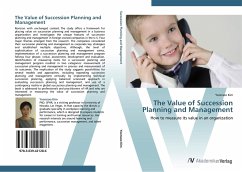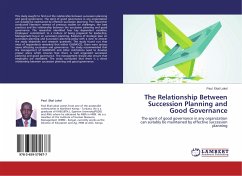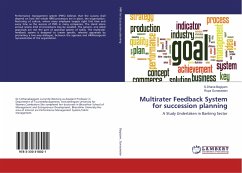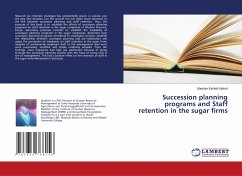Revision with unchanged content. The study offers a framework for placing value on succession planning and management in a business organization and investigates the unique features of succession planning and management in foreign-owned companies in the U.S. Four major themes emerged from the research. The companies considered their succession planning and management as corporate key strategies and established multiple objectives. Although, the level of sophistication of succession planning and management varies, implemen tation of a succession planning and management program follows four phases: initial, assessment, development and evaluation. Identification of measuring items for a suc cession planning and management program resulted in two categories: measurement of succession planning and management in process and measurement of its outcomes. The implication of the study suggests possi bilities for several models and approaches, including expanding succession planning and management vertically by implementing technical succession planning, applying balanced scorecard approach in evaluating succession planning and management, and use of a contingency matrix in global succession planning and management. The book is addressed to professionals and practitioners of HR and who are interested in measuring the value of succession planning and management.
Bitte wählen Sie Ihr Anliegen aus.
Rechnungen
Retourenschein anfordern
Bestellstatus
Storno








